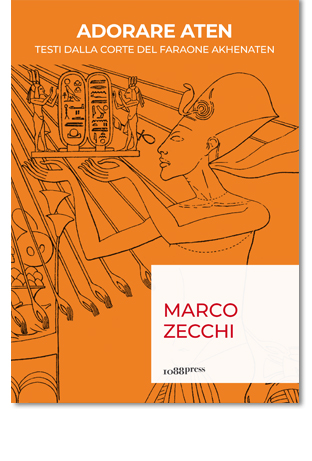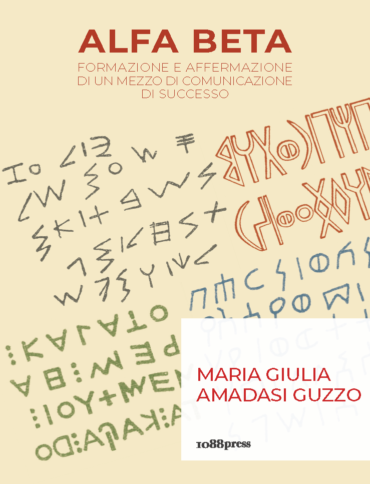Apotropaia and Phylakteria: Confronting Evil in Ancient Greece is the outcome of the conference held in Athens in June 2021 and hosted by the Swedish Institute at Athens.
The belief in the existence of evil forces was part of ancient
everyday life and a phenomenon deeply embedded in popular thought of the
Greek world. Fear of such malevolent powers generated the need for
protection and we find clear traces of these concerns in both textual
and archaeological sources. From the beginnings of literature, there is
mention of ghosts and other daemonic beings that needed appeasement, and
of ways of repulsing evil, such as the use of baskania and antibaskania
(apotropaia). Repeatedly, we meet rituals of an apotropaic or
prophylactic character conducted as part of everyday and family life, as
for example on the occasion of a birth, marriage or death in the oikos
(the cleansing of the house and household, libations and sacrifices in
honour of oikos ancestors), and other practices that focused on the
protection of the community as a whole, i.e. the Pharmakos ritual.
Archaeology reveals an abundance of material objects thought to have the
power to attract benevolent, and avert evil, forces. Traces of ritual
practices necessary to ensure prosperity and avert personal disaster are
manifest today in the form of amulets, certain semi-precious stones
believed to protect women and children, eye-beads found in large numbers
in many archaeological assemblages, possibly various types of
terracotta figurines, such as nude female grotesques and various
ithyphallic characters, to name a few. In addition, symbols and certain
iconographic motifs, such as the phallus, the open hand, the Gorgoneion,
images of triple Hekate, and Hermes, have been subject to a number of
differing interpretations relative to apotropaic power.
H 290 x W 205 mm
280 pages
Colour illustrations throughout
Published May 2024
Archaeopress Archaeology
ISBN
Paperback: 9781803277493
Digital: 9781803277509
DOI 10.32028/9781803277493
Contents
Preface
Confronting Evil at the Boundaries of the City, the House, and the Human Body – Christopher A. Faraone
Women’s Choral Apotropaic Songs in Tragic Contexts of Domestic and Civic Disharmony – Vasiliki Kousoulini
Apotropaic and Prophylactic Practices at Troizen and Methana – Maria Giannopoulou
Some Thoughts on Apotropaic Devices in Greek Pottery Production – Oliver Pilz
Archaic Anthropomorphic Figurines from the Argolid Potentially Associated with Ritual Activity of an Apotropaic Character – Anna Philippa-Touchais
Terracotta Figurines of Apotropaic and/or Prophylactic Character in the National Archaeological
Museum, Athens – Maria Chidiroglou
Clay Figurines from Smyrna in the I. Misthos Collection at the
National Archaeological Museum of Athens: A Study in Deformity and
Apotropaic Character – Eirini Peppa Papaioannou
The Interpretation of Clay Gorgoneion-Roundels in Sacral Contexts:
Evidence from the Sanctuary of Artemis Limnatis at Ancient Messene – Maria G. Spathi
Magic-Related(?) Graffiti on Pottery from Piraeus – Daphne Koletti
Reliefs from Ancient Messene: The Motif of the Open Hand – Eugenia Lambropoulou
Fearing the Evil Eye in Graeco-Roman Religion and Magic: Remarks on
an Apotropaic Bas-Relief from Actia Nicopolis (Epirus, Greece) – Evangelos Pavlidis and Anastasia Giovanopoulou
Sacred Transitions: Protecting City Gates in Sicily and Magna Graecia – Valentina Garaffa
Some Evidence for Amulets in the Demeter and Kore Greek Sanctuary at Ancient Corinth – Sonia Klinger
Tracing the Possible Prophylactic Attributes of Parthenos at Ancient Neapolis (Kavala) – Amalia Avramidou
Things Jingling from the Beyond: Tracking the Amuletic Function of Bells in Roman Greece – Dimitris Grigoropoulos
An Etruscan Silver Ring Depicting a Scorpion from a Deposit in an Archaic House in Philia (Karditsa) – Dimitris Paleothodoros and Christos Karagiannopoulos
Apotropaic and Prophylactic Jewellery from Abdera – Constantina Kallintzi and Kyriaki Chatziprokopiou
Technical Phylactery in Graeco-Egyptian Ritual Practice – Barbara Takács
Reflections on Some Cases of interpretatio aegyptiaca on Magical Gems – Dominique Barcat
A Gem to Counter the Empousa – Anastasia Maravela
Chnoubis, Glykon, Agathodaimon, and the Strange Story of the Swamps
of Central Macedonia: Notes on Magical Gems Depicting Snakes – Eleni Tsatsou
‘Against a Demon and Fears.’ A Phylactery in the Archaeological Museum of Perugia – Paolo Vitellozzi
.




 Download Full Book
Download Full Book














 Stumble It!
Stumble It!
